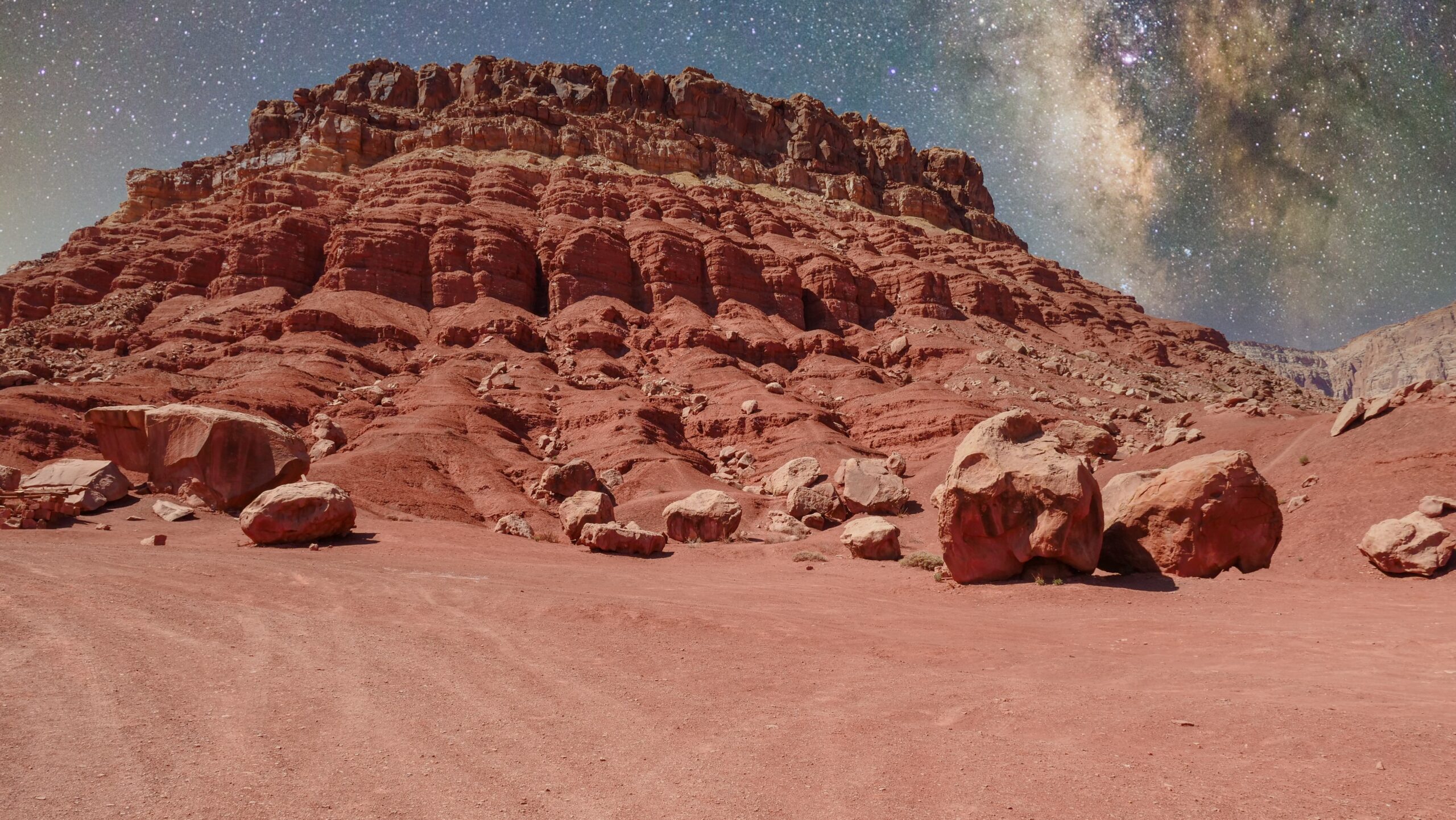After examining his offices in the L5 station, Mark Mason ultimately determined that he was pleased. The O’Neil cylinder was years away, so the tiny space made sense. At first zero G disagreed with him and he feared he would need to abandon his quest. He built Selene Corp for the quest, but the Moon was not the goal. It was another distraction among many. Most notably trying to keep his chief financial officer from selling Mars as the next goal.
“I don’t understand why you are so obsessed that we don’t go to Mars,” said Gina Simon, the Selene Corp CFO. “It’s the next obvious destination.”
“I agree it’s obvious, Ms. Simon, but it also is a trap,” said Mark.
“Trap?”
“Let me explain.”
Mark adjusted the video camera so that his picture was more centered on the video screen.
“Mars is a nice destination,” Mark continued. “However, it has several drawbacks. It is not a source of materials. Its borderline for habitability. The atmosphere is far too thin. It has no magnetic field. It will be a resource sink for little benefit.”
“Isn’t Mars as resource rich as the Moon?”
“Oh yes, it is. But some argue that it’s twice as hard to export those resources from Mars. They will be perfect for building on Mars. But those same resources will give us little benefit for the rest of the solar system.”
“But isn’t it the only habitable destination?” asked Gina.
“Not exactly. Mars is only borderline habitable. The atmosphere is insufficient and made of the wrong stuff. The habitats we’ve built for the Moon and the vacuum of space will almost be required for use on Mars.”
“What about terraforming?”
“Again possible,” said Mark. “But the business is unappealing to me. It’s as big of a dead end as ending all space programs and staying on Earth.”
“What do you mean?”
“Stellar evolution.”
“Huh?”
“Stellar evolution, Ms. Simon. Over the next fifty to hundred million years, the Sun will evolve and eventually swell into a red giant. That inevitability will consume both Mars and Earth. There is an uncertainty concerning Jupiter, so Saturn is the first place that we might consider safe.”
“So that’s the reason for all the plans for Saturn?”
“No, I have other reasons for Saturn that are more immediate than surviving the Sun’s life cycle.”
“Can you let me know what those are?” she asked.
“No, I’m not ready to open up the Saturn discussion today.”
“Aren’t you pushing Mars aside for the Saturn activity?”
“No,” said Mark. “I’m pointing out that we have better destinations than Mars, such as Near-Earth Asteroids. Even Phobos and Demos are better destinations than Mars itself. We have access to resources that aren’t at the bottom of a gravity well. That gravity well is the reason I call it a trap.”
“What’s our next goal?”
“I want to move an asteroid.”
“You’re kidding,” said Gina.
“We’ve got a couple of years, but that is what I think is our best option.”
“Why the best?”
“We need materials to build the O’Neil cylinders,” said Mark. “An asteroid provides a rubble pile of material that we can spin up.”
“So, what in the meantime?”
“We’ll see if I can stir some things up when I go visit Nils Carmike and Deputy Miller.”
